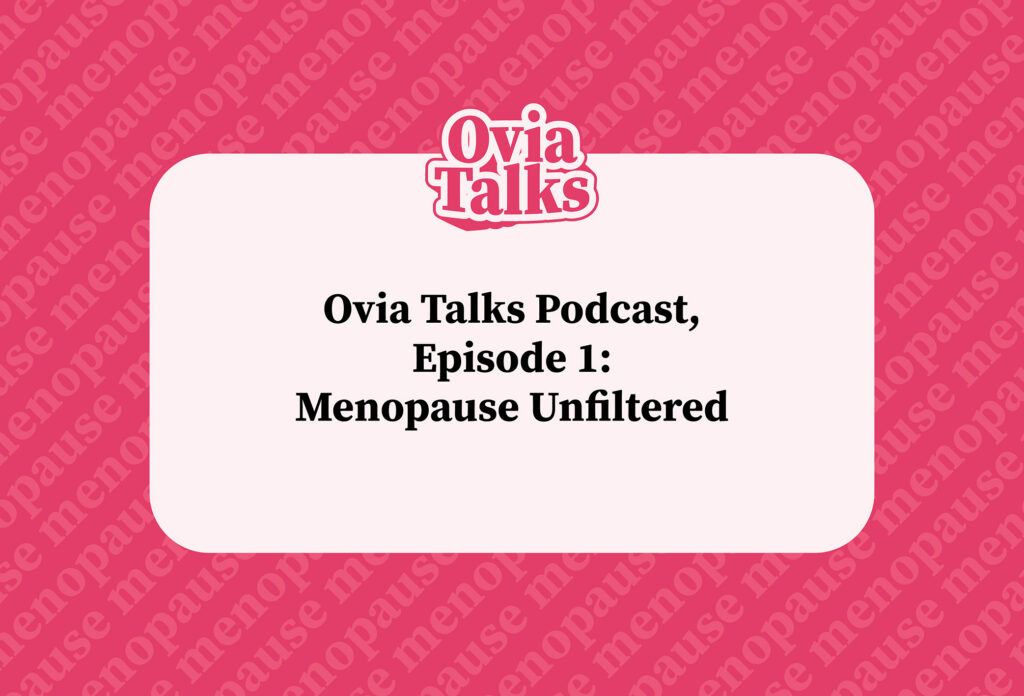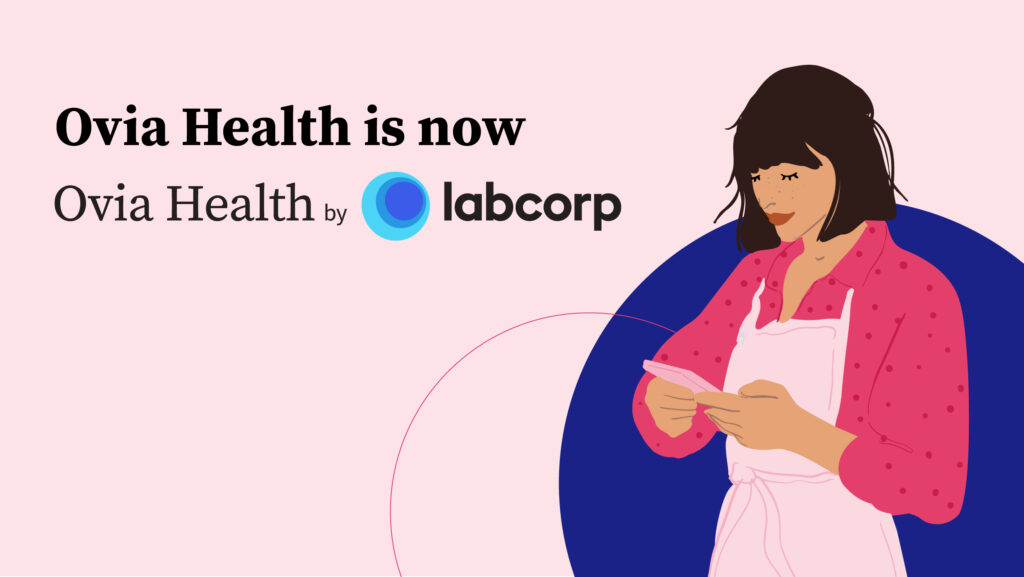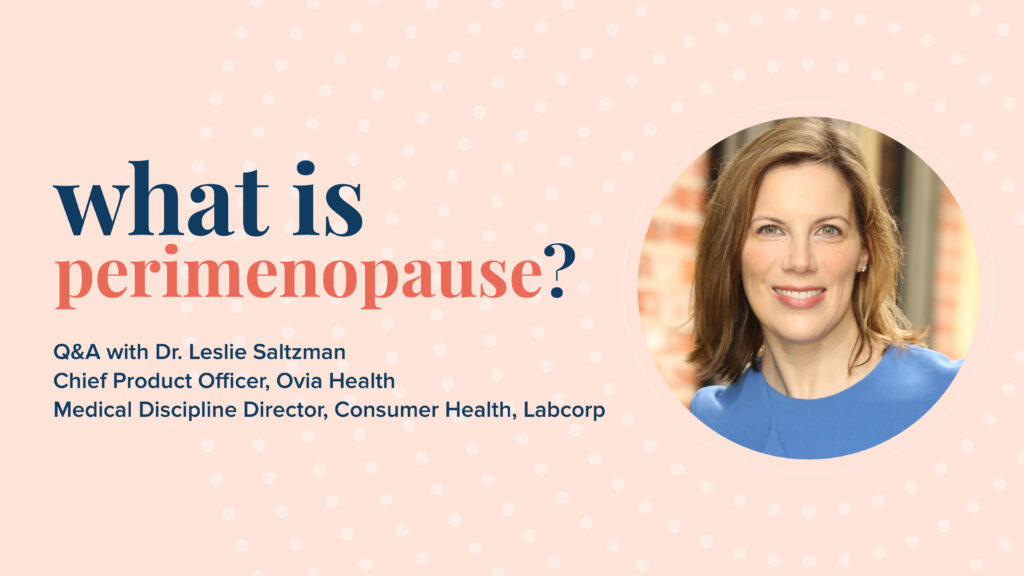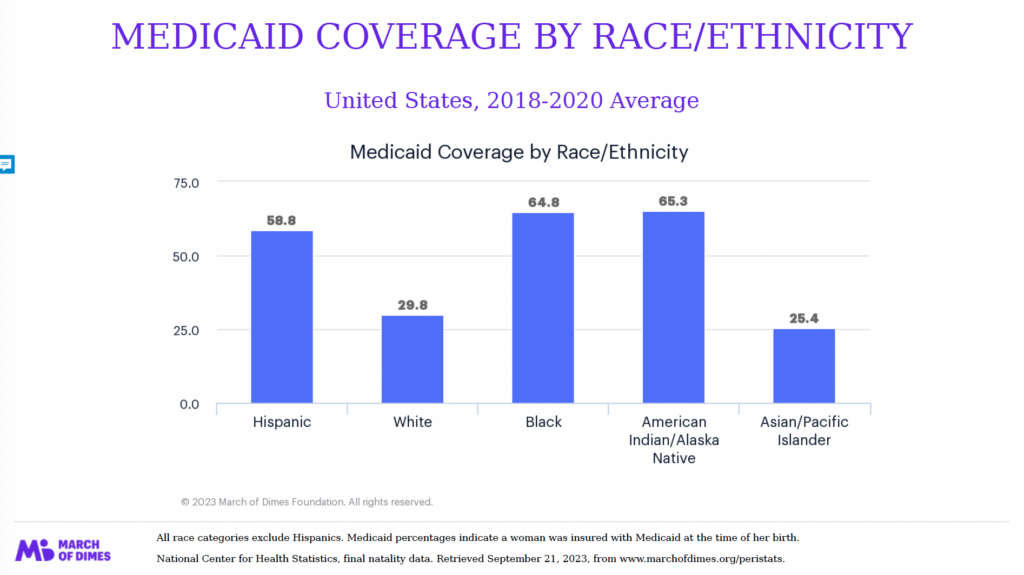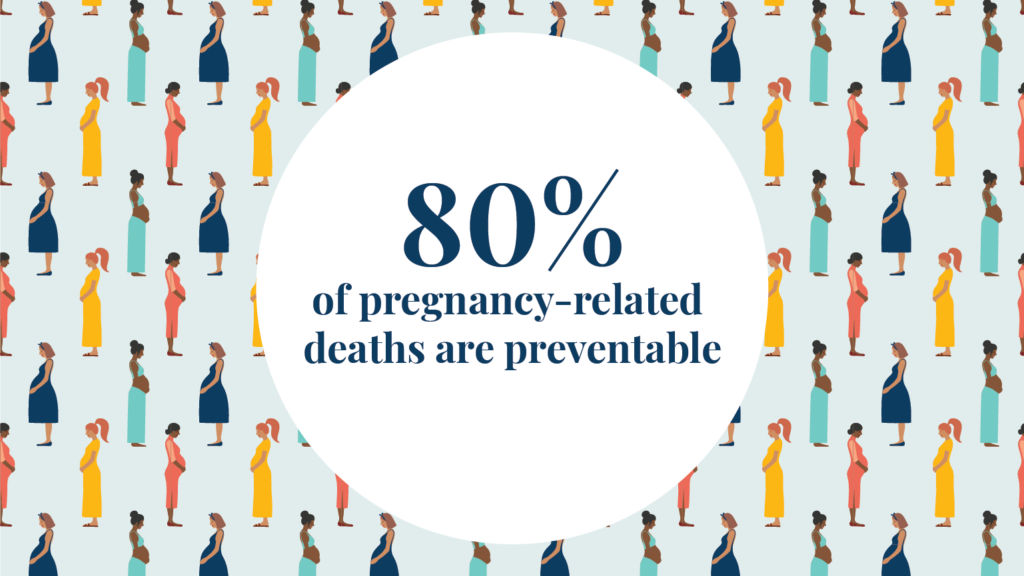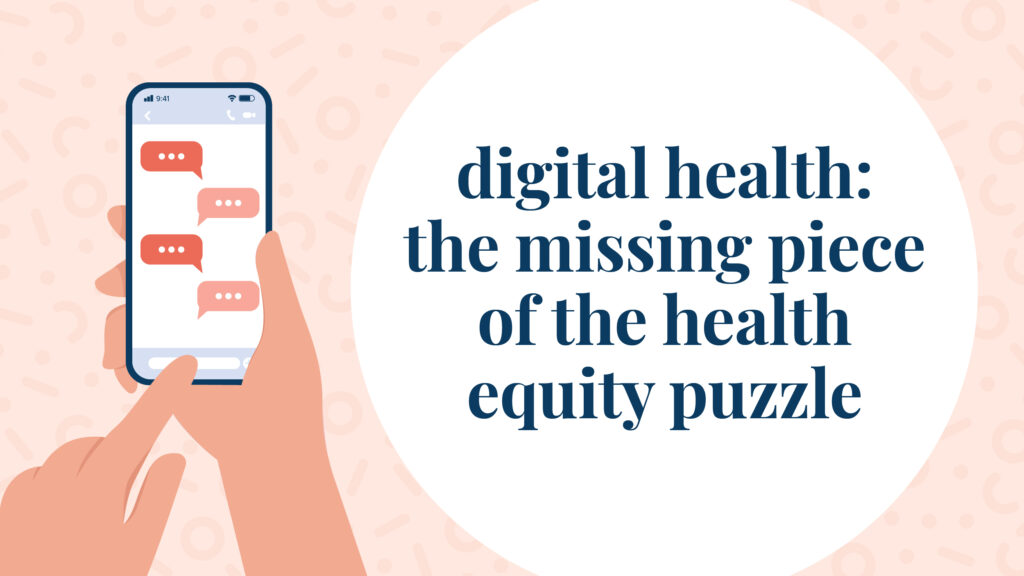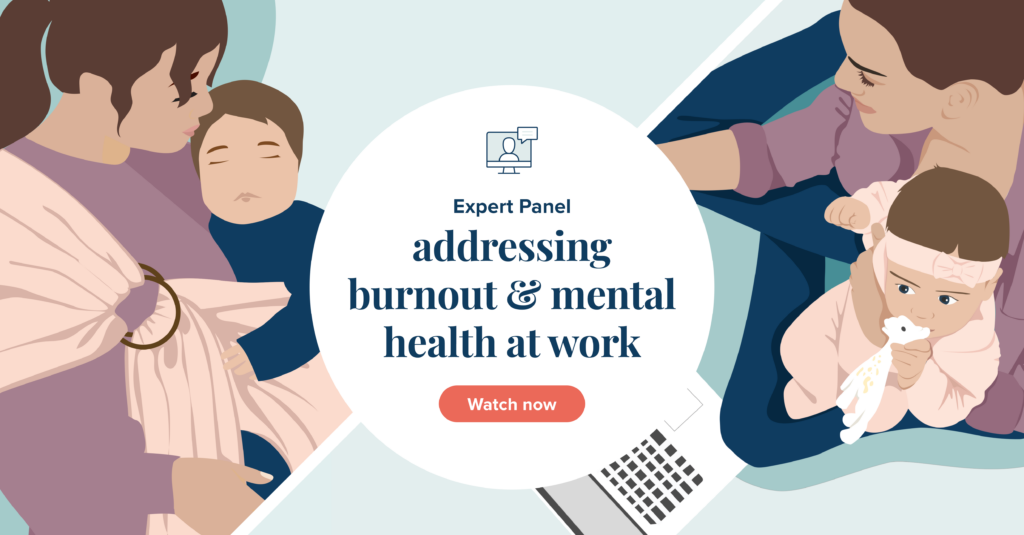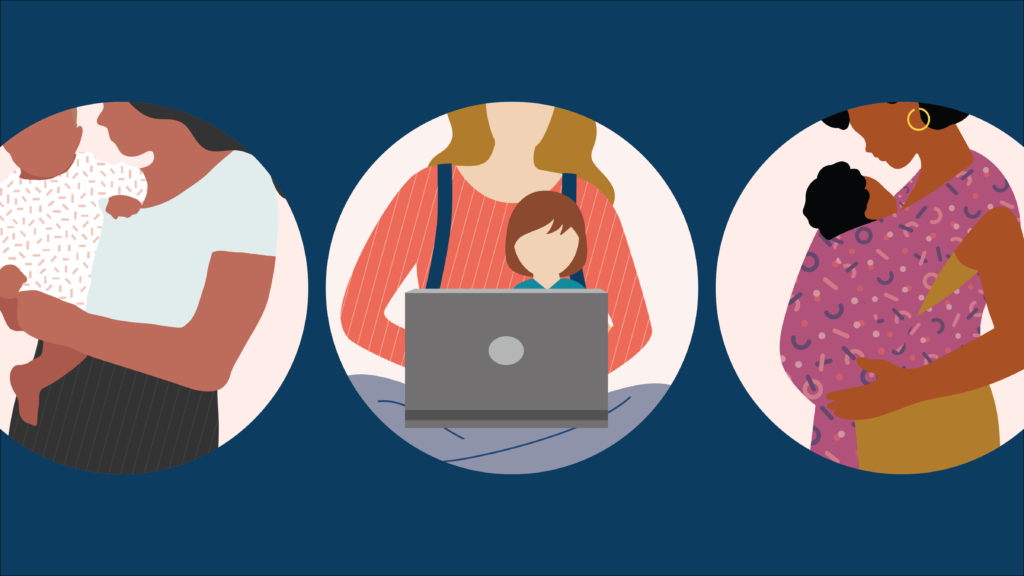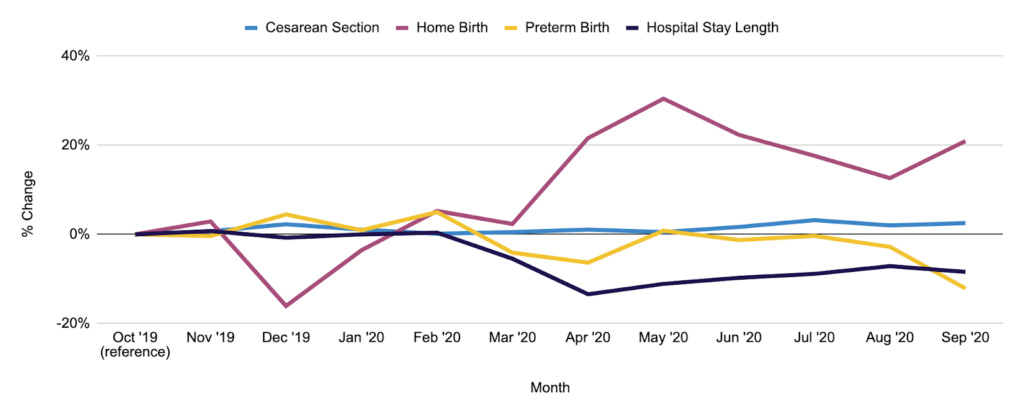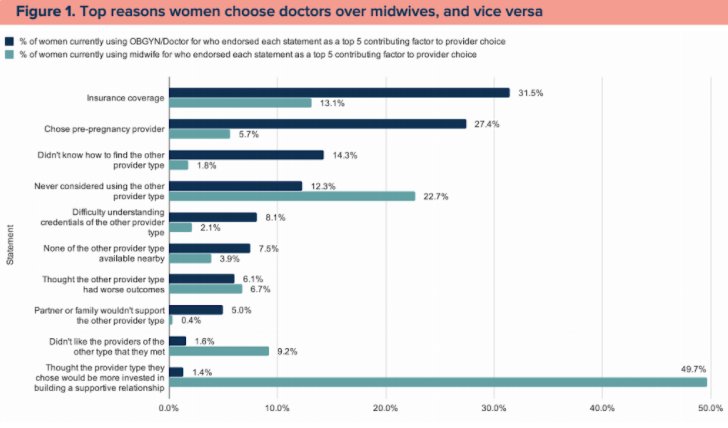The history of return to work programs
In the U.S., on average, only 65% of moms end up returning to work postpartum. Some reports indicate that only 80% of those who do go back are still there one year after their child’s birth. There are many reasons new parents leave the workforce, including lack of comprehensive return to work programs.
Returning from parental leave is challenging. New parents may be struggling with a litany of issues — sleep deprivation, breastfeeding, parental guilt, postpartum depression, the list goes on. Without the proper support at work, employers often see a rise in attrition and presenteeism and a loss of productivity. While working parents feel forced to choose between their children and their careers.
But there are ways employers can step up to make the transition easier, and it may even be more profitable for them to do so.
So, where are the return-to-work gaps? What can employers do to better support and retain new parents? And why should they invest in these programs? Our own Care Advocate Lead, Tamika Simpson, PsyD, MPH, IBCLC, PMH-C, CHES, wanted to know. So she dedicated her doctoral project to finding out.
The following is an interview with Tamika about her study, and why it’s vital for employers to invest in return-to-work programs.
An Interview with Tamika Simpson
Before we begin, tell us a bit about yourself, your role, and your background. What makes you so passionate about women’s health?
I worked at Ovia as a health expert providing both lactation and mental health support. I now also lead the Care Advocate team, a team of wonderful people who are assisting with benefits navigation as well as offering mental health support. They come from various public health backgrounds and are all certified in perinatal mental health (PMH-C).
I joined Ovia because I loved the idea of leveraging all of my experience to support women’s health. My background is in Public Health and I worked in reproductive health for a long time before I decided to expand my education into mental health. Working at Ovia gives me the opportunity to use all of the experience. It’s wonderful to work with an organization that is so committed to supporting physical health while also placing focus on mental health and overall wellbeing.
You recently finished your PsyD. What were you studying?
I wanted to explore what it was like for people to return to work after having a baby. So, return to work programs.
I was curious about their perception of employer support and what was helpful or not so helpful during this transition. I wanted to know whether employer support had an impact on their mental health and how it affected their productivity at work. I did a qualitative phenomenological study and interviewed Ovia participants about their specific situations.
What was your hypothesis?
I hypothesized that a lack of employer support, and a lack of comprehensive return to work programs, led to an increase in presentation or severity of perinatal mood and anxiety disorders. By doing this style of research I was able to gain unique insight into the participants’ lived experiences.
How did you conduct your research?
I partnered with Ovia to launch a survey. In order to participate in the study, participants needed to be using the Ovia apps within the United States, be under one year postpartum, and have returned to work within the last year. They also had to indicate symptoms of a perinatal mood or anxiety disorder (diagnosed or undiagnosed).
The survey link screened for this eligibility. We invited eligible participants to schedule an interview. The interview consisted of semi-structured questions allowing for a conversational approach.
The research questions used in this study were:
- How do perinatal mood and anxiety disorders impact productivity in the workplace?
- In what ways can employers support employees who are returning to work to increase positive health outcomes?
- What are the participants’ experiences with early screening, diagnosis, and treatment for perinatal mood and anxiety disorders?
What were the findings of the study?
When examining how perinatal mood and anxiety disorder (PMAD) impact productivity in the workplace, this study showed that PMADs can cause employees to struggle to pay attention to details, be present in the moment, and remember all the steps required in their daily work.
The participants also provided several ways that employers can be more supportive:
- Allowing for a paid leave
- Providing support and resources that can assist with the parental leave process
- Offering flexible schedules upon returning
- Reducing the workload as they adjust to the transition
- Providing adequate time and a clean and private place to express milk
Lastly, employees expressed that their organizations need to recognize that screening for perinatal mood and anxiety disorders can be inconsistent, meaning that employees can return to work while still experiencing a perinatal mood or anxiety disorder.
What are gaps or adjustments employers can make?
Rather than assuming that employees are adjusting well to this major life transition, it may be beneficial to check in empathetically and see if there is anything that employees need that they may not necessarily be asking for due to fear of being perceived differently.
Upon returning from leave, it would be helpful if the employee is eased back into their work. Someone should cover the position as an interim while the employee is on leave so that work does not accumulate. Allowing a period of transition with a lighter workload may assist the employee with learning to balance parenthood and their career.
Employees in this study frequently discussed not telling their employer about their symptoms due to fear of losing respect or their position in the company. It might be helpful if employers created an environment where employees can discuss their needs without fear of judgment (Shann et al., 2019).
Employers who check in on their employees using a judgment-free tone and allow for honesty without negative consequences may be better able to determine the needs of their employees.
Why is this something employers should focus on?
Employers are often focused on meeting the needs of the company; however, by meeting the needs of the employees, the needs of the company will be met as well.
When employers are not supportive, it can lead to a loss of revenue through absenteeism and presenteeism, or even turnover. But when employers create an environment that allows people to feel like they can bring their whole selves to work this fosters an environment of support.
The participants in this study were looking for parental leave, paid leave, and access to a streamlined system to access information related to leave. What they often received was confusion from management or HR departments or numbers to call to figure it out on their own.
Employers should keep in mind that this is a stressful time, and employees will appreciate having information easily attainable. This can also make the situation easier for employers to navigate as well and clears up expectations for all parties before leave.
Mental health seems to be a recurring theme here. How can returning to work impact mental health for women?
Returning to work before seven months is associated with an increased risk for perinatal mood and anxiety disorders (PMADs). After nine months postpartum, returning to work becomes a protective factor against depression (Lewis et al., 2017).
Employers who rush their employees back to work after delivery increase the risk of PMADs among employees who give birth.
Experiencing a perinatal mood or anxiety disorder is common (1 in 7) and when we add in other variables — sleep deprivation, additional pressure from an employer, trying to transition into being a parent of a newborn and an employee again — it can exacerbate existing symptoms or even make the chance of developing a PMAD higher.
This will be different for everyone as their situations are unique. But the participants in this study indicated wanting to return to work as a means of keeping their identity, they just needed some time to recover and prepare for transition before returning.
You talked about presenteeism and absenteeism — what is that?
Absenteeism is related to not being at work consistently. Presenteeism is more about being at work — physically showing up, but not being mentally focused or prepared to be working. For example, showing up for work when struggling with your mental health can lead to reduction in productivity, mistakes, and other negative consequences.
People will often show up because it is expected by their employer, or they feel pressured to return sooner than they are ready. But employers may want to consider this before setting expectations.
Breastfeeding and ensuring there is time to pump at work seemed to be a big trend with surveyed moms. Why is this so important? Why are women uncomfortable pumping at work? What can employers do?
Lactation accommodation is a federal law. Employees who are breastfeeding need to be allowed adequate time for expressing their breast milk as well as a private place that is free from intrusion that is not a bathroom. While this law has some exceptions, it’s clear that providing this space is still the right thing to do.
Aside from the minimum requirements mandated by law, employers can exceed expectations and work to create a supportive environment. They can create great return to work programs. Employees have found it useful for employers to allow them to take pump breaks that are not micromanaged in a clean facility that locks and has an outlet for a breast pump to be plugged in, along with a space to refrigerate milk.
If employers are only letting employees pump during their scheduled 10- or 15-minute breaks and lunch, they have not met the adequate pumping time requirement as it takes longer for most people to travel to the pumping space, set up, pump, clean up, and travel back to their workstation.
Employers should also consider schedule flexibility (Maxwell et al., 2018). Offering the ability to work remotely, use flex time, paid time off, intermittent leave, and other creative approaches to scheduling may help employees as they adjust to returning to work with a newborn. Additionally, during pregnancy and afterwards, employees will have to attend medical appointments. Having flexible arrangements can help with this, too (Maxwell et al., 2018).
What financial impact does extending leave and making return to work more comprehensive have for employers?
During a six-year study, it was estimated that the societal cost of PMADs is over $14 billion covering the period from fertilization to five years postpartum (Ko & Haight, 2020). The average cost for each parent baby dyad was approximately $31,800. Society has often placed focus on treatment approaches, however, recently, there has been a shift toward preventative efforts and improved wellbeing (Moloney & Newham, 2015).
What advice would you give employers on how to improve and close these gaps?
Through this study, I discovered that employers could be more supportive by:
- Adjusting workloads and types of work during pregnancy to ensure safety
- Providing a paid leave and encouraging employees to take their leave
- Providing a clear and concise process for taking the leave and returning to work
- Offering flexible work arrangements upon return
- Providing a private (and clean) place to express milk that is free from intrusion, has an electrical outlet, and considers the possibility of multiple employees needing to use the space
- Allowing for adequate break time to express milk (15-20 minutes of active pumping time and additional consideration of the time necessary to travel to a lactation room, set up, pump, clean equipment, store, and return to workstation) a temporarily lighter load to allow the participant to ease back into working while also being sleep deprived
- Establishing an understanding between an employee and their employer and coworkers that this is a tough time
Remember, these new parents are going through a major transition as human beings. But, they are still valuable to the workplace and their production will improve with time.
Based on the results of this study, employers who are more supportive of their employees can help to improve mental health outcomes, leading to enhanced productivity in the workplace and a reduction in turnover, absenteeism, and presenteeism.
When employers are supportive of their employees’ mental health, it serves a dual purpose by being more cost effective to the employer, while the employee benefits from better mental health.
What employers can do today to improve return to work programs
Since the modern workplace existed, working parents have always struggled to find balance between work and their family.
The findings from this research make the financial and empathic cases for strengthening return to work clear. It confirms that working parent guilt is real, and it’s not as simple as “letting it go.” And although uncomfortable and painful at times, working parent guilt can be very useful — it can force parents to reflect on why they are feeling this way, and realize what’s truly important. A parent awakening.
This awakening of the working parent is probably one of the most obvious, and impactful to HR leaders. And it holds untapped potential. Employers now have the chance to amend and evolve policies to close the gaps that this study uncovered, driving increases in retention, productivity, and profitability.
And it couldn’t have happened at a more impactful time. Today, in 2022, we’re witnessing a 33 year low in women’s participation in the labor force — many having left because they simply didn’t have the resources or infrastructure to balance work and parenting in this “new normal.”
We can’t afford to lose an entire generation of women. Not only can the labor market not stand the talent drought, studies have shown that when companies have strong gender diversity, they’re more profitable.
Employers can meet the needs of parents with new, innovative benefits. Those who strengthen return to work and embrace the notion of family friendly will be well positioned for success.
Ovia is here to help. We offer deep training and guides for employees, and managers to strengthen return to work programming. Our solution also provides 1:1 coaching with certified experts in lactation, parenting, and women’s health and wellbeing; physician-developed clinical programs; personalized health and wellness education; manager training; and benefits navigators so you can provide comprehensive women’s and family health support to your employees. Contact our enterprise team to learn more about these services.
